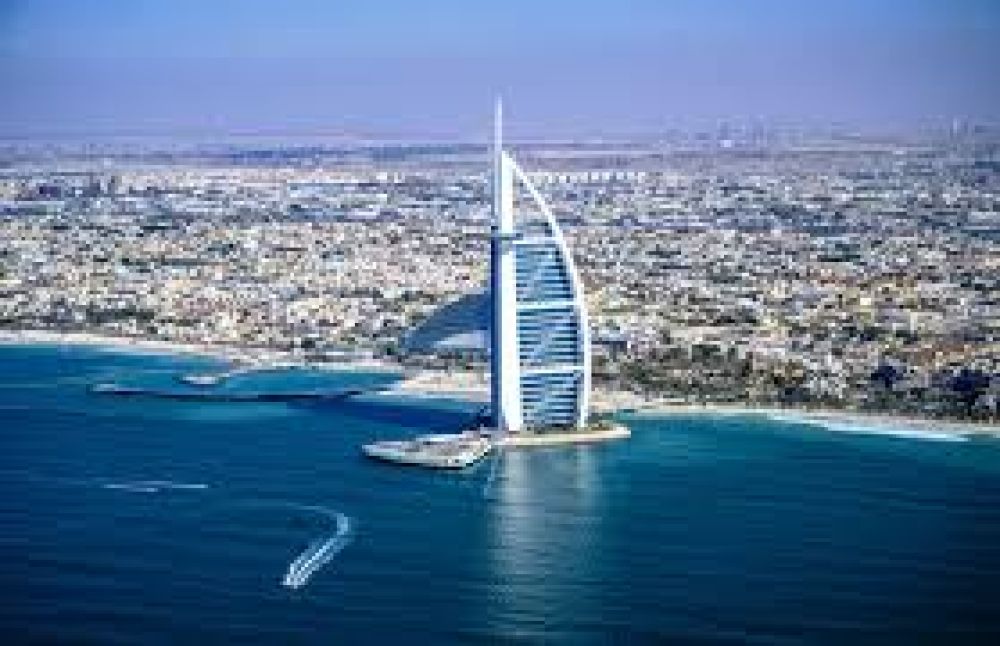

The Burj Al Arab is one of the most iconic symbols of Dubai and a seminal part of the city's rapid growth into a global tourism powerhouse. Often referred to as the world's only seven-star hotel, this luxury hotel stands on an artificial island accessible by a private bridge, its sail-shaped structure stretching 321 meters into the Arabian sky. Since its completion in 1999, it has stood as a testament to Dubai's opulence and ambition.
Since its inauguration, the Burj Al Arab has played a crucial role in transforming Dubai into a lavish escape for the wealthy and a must-see destination for tourists worldwide. The hotel was one of the first in the region to offer a level of luxury that was previously unheard of, with sumptuous suites, private butlers, and a fleet of white Rolls Royce cars serving guests.
Initially, it attracted curiosity for its groundbreaking architecture and exclusive services, quickly becoming a symbol of the new Dubai. The city leveraged the visual appeal of the Burj Al Arab as a representation of its emerging international status, using it in marketing campaigns and ensuring it featured prominently in media coverage of the region.
The tourism industry in Dubai, with the Burj Al Arab at its heart, has seen continual expansion. The hotel's success sparked a wave of high-end development in the city, with a focus on luxury, innovation, and experiences that cannot be found anywhere else in the world. This development has included the construction of other luxury hotels, the Palm Jumeirah, the World Islands, and the Burj Khalifa, the world's tallest building.
In recent years, Dubai, and the Burj Al Arab in particular, have adapted to the evolving desires of tourists. They have increasingly embraced sustainability and eco-consciousness, despite their origins in luxury and excess. It's a trend that recognizes the global shift towards responsible travel, and Dubai is investing in green technologies and sustainable practices to ensure it continues to be a desirable destination in the future.
Moreover, experiential travel has become a defining trend, with guests seeking unique and Instagrammable experiences. In response, the Burj Al Arab offers personalized services, such as dining under the stars, helicopter tours, and deep-sea fishing excursions—all adding to the allure for tourists seeking the extraordinary.
Looking ahead, Dubai is likely to continue diversifying its tourism offerings to cater to a broader audience. The Burj Al Arab remains a cornerstone of luxury, but with the city's expanding art scene, cultural experiences, and sporting events, the future of tourism in Dubai will likely include a blend of opulence, culture, and adventure, broadening the appeal to travelers from all walks of life.